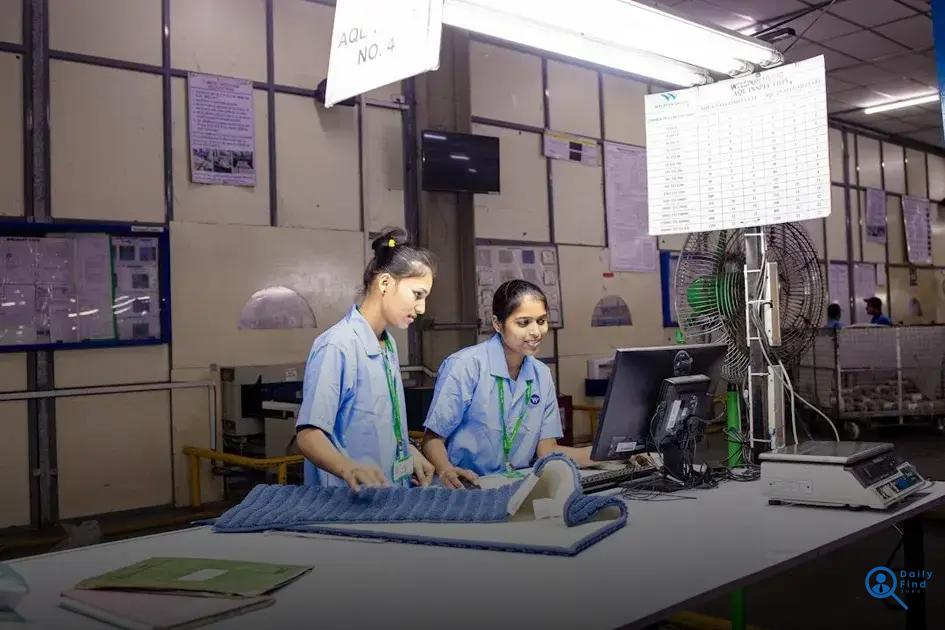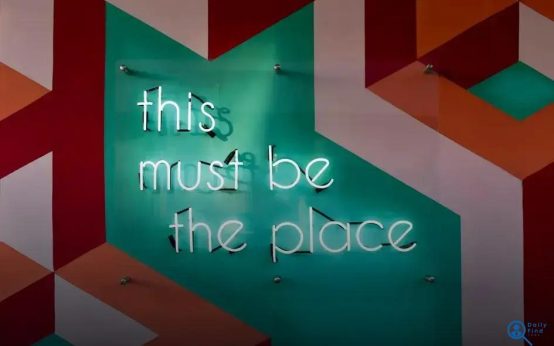Mastering body language can significantly impact your interview performance, making you appear confident and attentive. Discover effective strategies to use eye contact, posture, and gestures to your advantage. By paying attention to these non-verbal cues, you’ll engage your interviewer more effectively and boost your chances of success. Let’s dive into these essential body language tips to impress your interviewer.
Understanding the Power of Eye Contact
Eye contact is a crucial aspect of body language in interviews. It can convey confidence, interest, and trustworthiness. When you maintain eye contact with your interviewer, you are demonstrating attentiveness and respect. This subtle cue helps in establishing a personal connection, which is vital in making a positive impression.
When engaging in conversation, try to maintain eye contact about 50-60% of the time. This balance ensures that you appear interested and engaged without seeming aggressive or staring. To achieve this, focus on one eye of the interviewer at a time, or look at the space between their eyes if direct gaze makes you uncomfortable.
Breaking eye contact occasionally is natural and can convey thoughtfulness. However, avoid looking away frequently as it might indicate nervousness or lack of confidence. When responding to questions, especially those that require you to think, you might glance away briefly as you gather your thoughts, then re-establish eye contact when delivering your response.
Consider the cultural differences in eye contact as well. In some cultures, extended eye contact can be perceived as disrespectful, whereas, in others, it is a sign of confidence. Be aware of these nuances when preparing for interviews with diverse employers or multinational companies.
During group interviews, distribute your eye contact evenly among the interviewers, showing each person that you value their presence and input. This communal approach helps maintain a balanced interaction and ensures that no one feels left out.
Perfecting Your Posture for Interview Success
Maintaining an appropriate posture is crucial during job interviews. It can convey confidence, reliability, and eagerness. Begin by sitting up straight but not too rigid, ensuring your back is aligned comfortably with the chair. This posture projects both composure and alertness.
Your feet should remain flat on the ground, and if possible, align at shoulder width to create a storm base. Avoid crossing your arms as it can come across as defensive; instead, place your hands neatly on your lap or the table.
Lean slightly forward towards the interviewer. This subtle movement indicates that you are engaged and interested in the conversation. Also, be mindful of fidgeting, like playing with a pen or tapping your feet, as these actions can be distracting and portray nervousness.
Keep your head up and shoulders back. This naturally aligns your posture to display confidence. Regularly practice these postures to make them a part of your natural demeanor, contributing significantly to a positive and professional impression.
The Art of Hand Gestures and Their Impact
Hand gestures form a crucial part of communication, especially in interviews. Mastering the art of hand gestures can significantly boost the impression you leave on your interviewer. It’s essential to use gestures that align with your words to enhance clarity and ensure your message is understood. When explaining a point, use open palms to signify honesty and engagement. This subtle action builds trust and rapport.
If you wish to emphasize a particular point, gentle hand movements can add emphasis without being overwhelming. Gestures should be measured and purposeful; unnecessary movements can distract from the content of your message. An important tip is to
mirror
the communication style of your interviewer as part of an advanced technique to create a harmonious interaction.
An open, relaxed hand position can convey confidence and openness. Avoid crossing your arms or hiding your hands, as such gestures might signal defensiveness or discomfort. Practice maintaining an appropriate rhythm with your gestures; aligning with the natural flow of your speech can make your communication seamless.
Facial Expressions: Conveying Confidence and Interest
Facial expressions play a crucial role in communicating confidence and interest during an interview. A confident facial expression can say a lot about your personality and your enthusiasm for the position. Smiling appropriately can help create a positive atmosphere and make you seem more approachable. However, it’s important to keep your smile natural and relaxed instead of forced or exaggerated.
Your eyebrows can also signal your level of interest and engagement. Raised eyebrows can express curiosity and focus. Ensure you maintain a neutral or positive expression when listening to the interviewer, as this reflects your attentiveness.
Moreover, try to maintain a balance between showing interest and confidence without appearing too intense or overly eager. If you want to convey openness and sincerity, slight nods can show that you’re understanding and agreeing with what’s being said.
Practical Tips:
- Practice in front of a mirror to become aware of your facial expressions.
- Seek feedback from friends or mentors on how your expressions might be perceived.
- Relax your facial muscles before the interview to avoid tension.
Remember, your face is your canvas; use it wisely to paint a picture of confidence and capability!
The Role of Personal Space in Professional Meetings
Personal space plays a crucial role in creating comfortable and effective professional meetings. When you maintain an appropriate distance in an interview, you show respect for the interviewer’s space and establish a professional boundary. The ideal distance helps in preventing discomfort and fostering a focused environment.
Every culture may have slightly different perceptions of personal space, but generally, it is wise to keep an arm’s length distance unless otherwise guided. This personal boundary ensures that both parties feel comfortable and reduces the risk of feeling overcrowded.
In a professional setting, understanding and respecting personal space can also imply trustworthiness and poise. For example, if you lean too close too quickly, it can be seen as aggressive or invasive. On the other hand, staying too distant might convey disinterest or disengagement.
Balancing the personal space with other elements of body language, like confident posture and appropriate eye contact, enhances communication. It’s about creating a safe and open space for dialogue and connection. Maintaining this balance is vital to making a positive impression during an interview.


 Work-Life Balance: Why It Matters More Than Ever Today
Work-Life Balance: Why It Matters More Than Ever Today  How to Deal With a Toxic Work Environment Easily
How to Deal With a Toxic Work Environment Easily  The Best Certifications to Boost Your Resume: Top Picks Revealed
The Best Certifications to Boost Your Resume: Top Picks Revealed